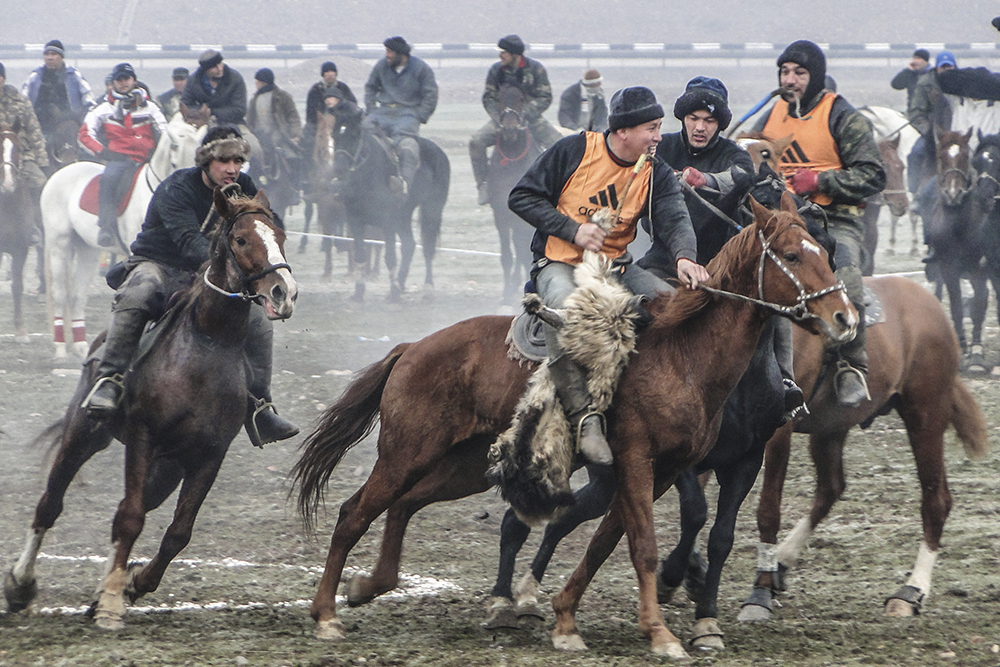Uzbek national toys were traditionally made of clay. As a rule, these were whistle toys (khushtak) of fabulously zoomorphic content, in the form of domestic animals, sheep, horses, dogs, elephants, birds, as well as fantastic dragon animals and animals unknown to nature, saddled by a rider.
Having seen ceramic toys at least once, it is impossible to forget them. And whether it's the traditional crimson-yellow whistles of Hamro Rakhimova or her student Kubaro Babayeva from the village of Uba in the Bukhara region or the bright ethnographic sculptures of the Samarkand dynasty of Mukhtarov masters full of lyrical humor, each of them shows the love of the Uzbek people for bright cheerful decorativeness.
Ceramic “babaychiki” – cute, brightly painted figurines of funny little men in Uzbek national costumes – have become a real brand of Uzbekistan. Each figurine is a work of art and is unlike each other. Here is an old aksakal with a bright yellow Uzbek flatbread in his hands, and another mustachioed man is carrying a watermelon and melon from the bazaar, next to a teahouse with a kettle or a stick of barbecue or a plate of pilaf, and here is an old man on a cheerful donkey. But they are all united by cheerful and kind faces. ”Babaychiki" are made in different sizes – from a matchbox, similar to Japanese netsuke, to huge, human-sized ones. Moreover, in both cases, all the features of the costume and objects are spelled out in detail.
An Uzbek clay toy is a small, inexpensive, but excellent souvenir and a keepsake of Uzbekistan.

 Centralasia Adventures
+998781506280
Centralasia Adventures
+998781506280
28, Mukanna str.
Uzbekistan
Tashkent region
100070


















